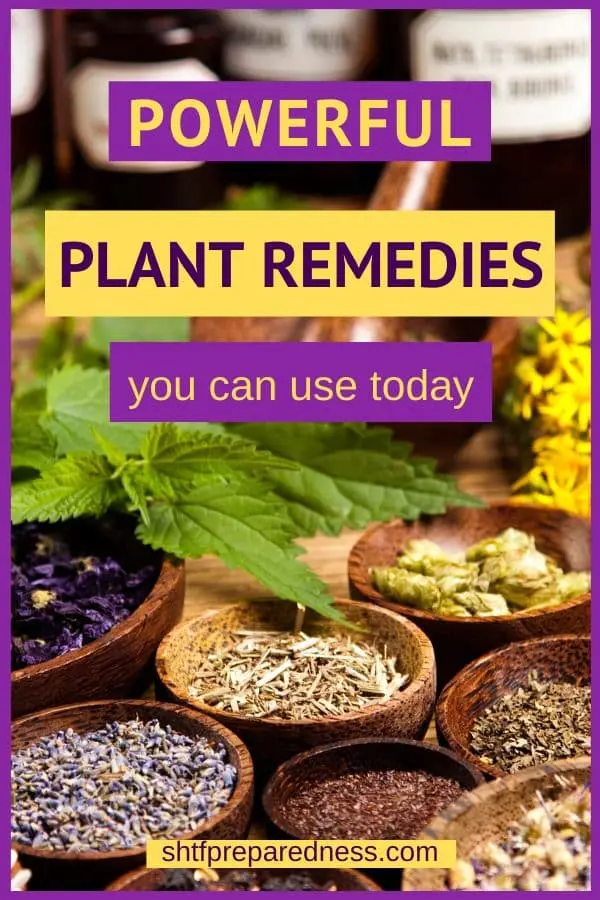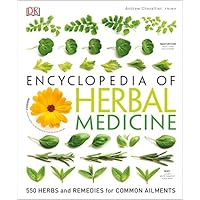Knowing the properties of plants growing in your backyard (or along the backcountry trails) can prove to be very important to your family’s well-being.
Today we’ll look at some powerful plant remedies that have been used for ages and are proven winners.
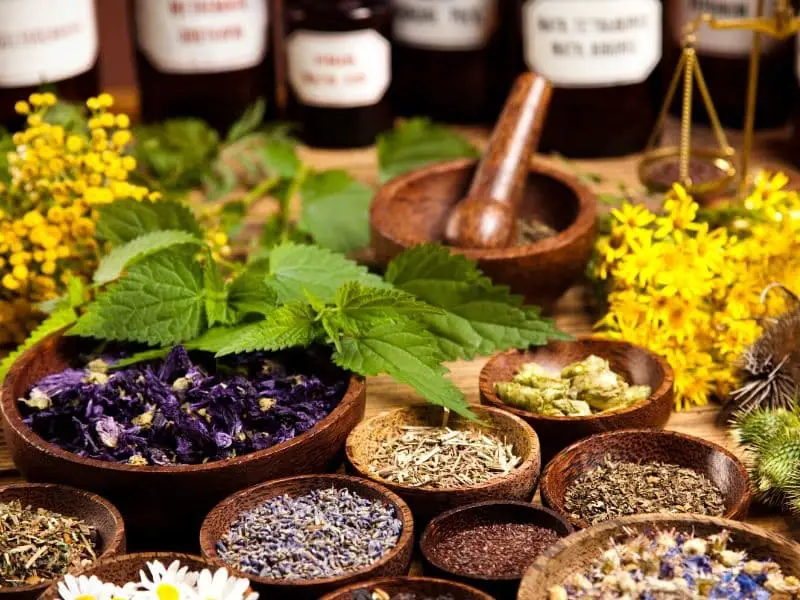
There are many different plants that can be used as natural remedies.
Here are a few of the more potent medicinal plants you’re likely to find in the wild—or even someone’s backyard—that can help with minor injuries, scrapes, bites, and pains.
As always, talk to a medical professional and read my disclaimer.
Books About Plant Remedies
550 Herbs and Remedies for Common Ailments A Beginner’s Guide: 33 Healing Herbs to Know, Grow, and Use
A Beginner’s Guide: 33 Healing Herbs to Know, Grow, and Use 150 Herbal Remedies to Heal Common Ailments
150 Herbal Remedies to Heal Common Ailments
5 Medicinal Plants Every Prepper Needs To Stock
Chamomile
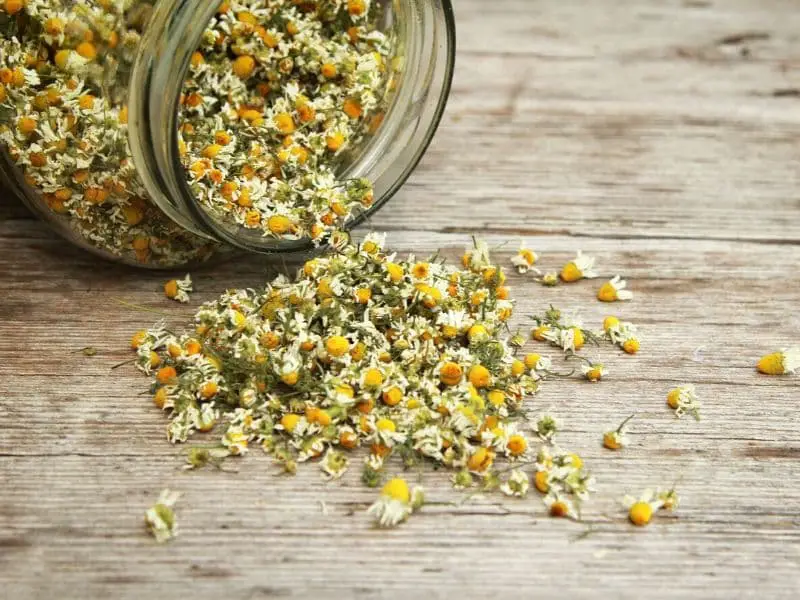
This great little plant has antimicrobial properties and can be used to treat minor infections. Other common ailments that can be alleviated by chamomile are:
- upset stomach
- cramps
- the stomach flu
It’s well known that if you suffer from stomach issues, drinking chamomile tea will calm and settle your stomach.
The chamomile can also be used for menstrual cramps and help a person fall asleep.
White Echinacea
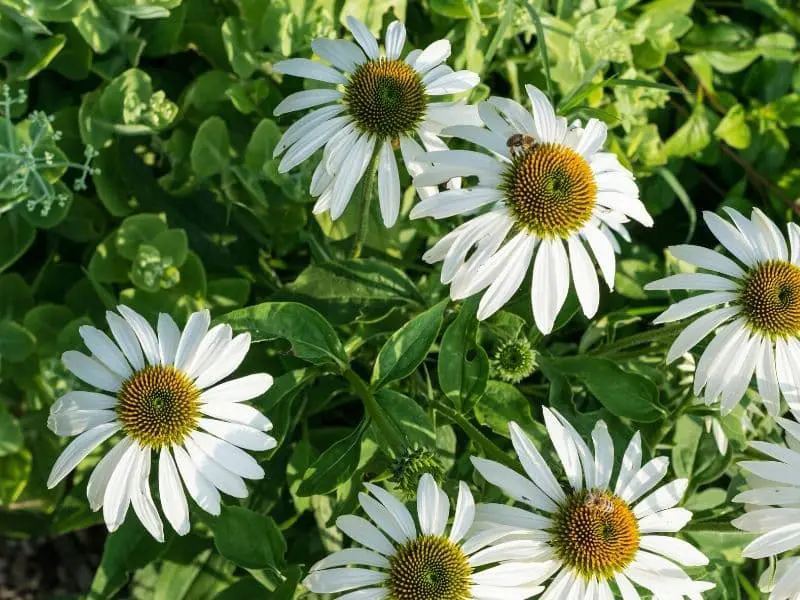
White echinacea is going to help your immune system. Which, in turn, helps you fight off the flu, colds, bronchitis, and a variety of infections.
This is because echinacea increases the activity of your white blood cells. And that will raise your level of interferon and stimulate your blood cells.
Most of the time, the white echinacea is going to be able to stop a cold dead in its tracks.
Gingko
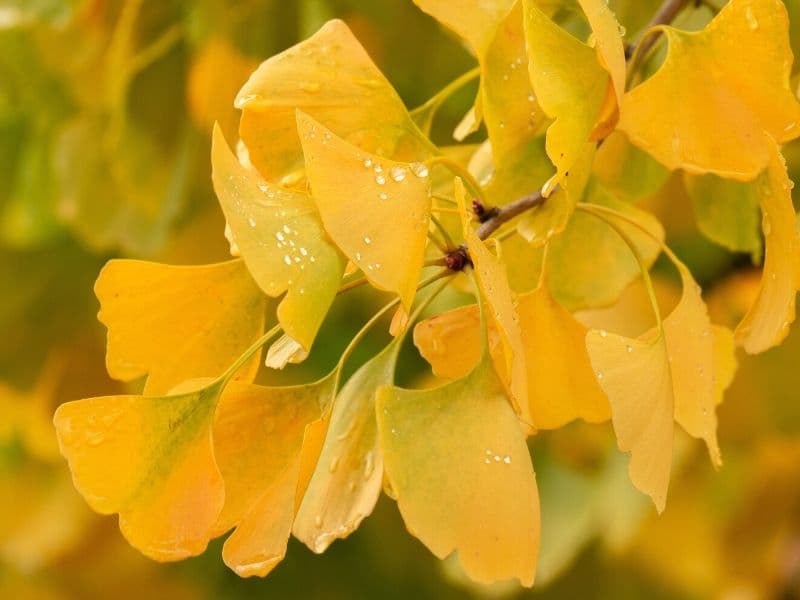
Gingko can be used to improve memory and circulation. It helps circulation by dilating the blood vessels.
Gingko can also help to strengthen some of the vessels in the brain and promote the action of the neurotransmitters in the brain.
Ginseng
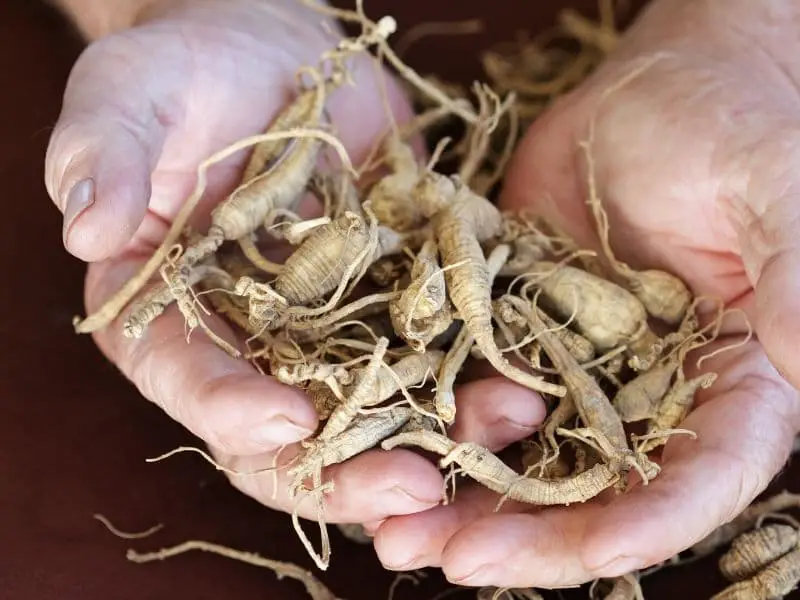
Tired and stressed out? Taking a ginseng supplement (or drinking some ginseng tea) will help your body perk up and handle stress a lot easier.
A cup of ginseng tea can also help.
- reduce fever from the flu
- boost immunity so the body can fight a seasonal cold and the flu
St. John’s Wort
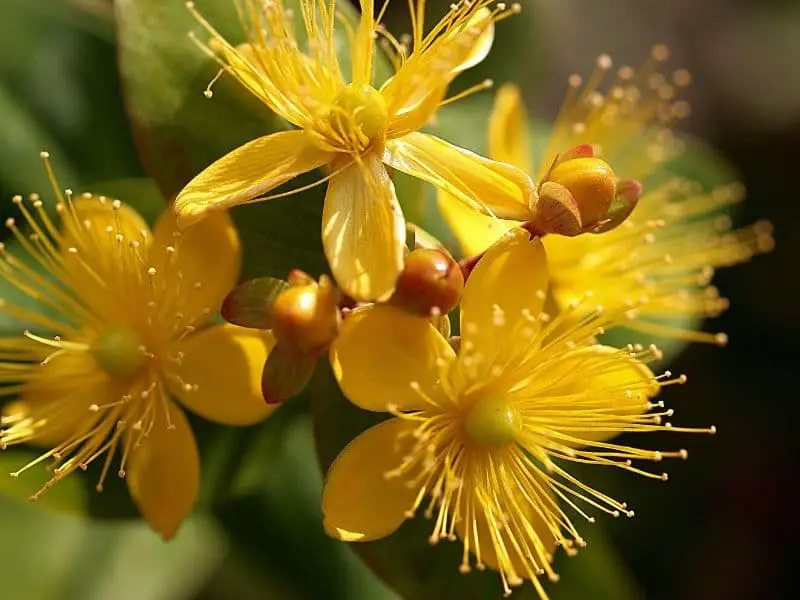
Mostly used for its antidepressant qualities, St. John’s Wort can also be used for insomnia and to help heal some wounds.
Conclusion
Give plant remedies a place in your home pharmacy. Learn how to use simple things from your pantry and around the house to enhance your well-being.
You’ll be so glad you took the time to educate yourself! And your family will be safer because you did.
